According to KBSV's assessment, the 46% reciprocal tax rate for Vietnam has the strongest impact on the Fisheries, Textiles, Logistics and Industrial Park Real Estate sectors. The Banking, Securities, Retail, Food and Beverage, Electricity, Technology and Construction Materials sectors are indirectly affected at an average level. Meanwhile, the Residential Real Estate and Construction sectors are only slightly affected.
At 11:01 a.m. on April 9, Vietnam time, the US reciprocal tax rate applied to a series of countries and territories officially took effect without any amendments. Vietnam was subject to a tax rate of 46%.
According to KB Securities Vietnam (KBSV), the 46% reciprocal tax rate for Vietnam has the strongest impact on the Fisheries, Textiles, Logistics and Industrial Park Real Estate industries.
Specifically, for the textile industry, the US is a key market with the proportion of textiles exported to the US accounting for about 43.4% of total export turnover. Therefore, Trump's new reciprocal tax policy will have a strong negative impact on the Vietnamese textile industry. The US's demand for Vietnamese textiles has decreased because the price level of textile products in the US has increased due to increased tariffs on this item for all countries exporting to the US. Moreover, Vietnam is the second highest taxed country among the five countries with the largest export turnover to the US.
According to KBSV's calculations, the average selling price of textiles and garments to the US after the new tax rate increased by 16.7%, just behind China's 21.2% increase and higher than the increases of Bangladesh, Indonesia and India (increases of 12.5%, 9.7% and 6.8% respectively). The value of new contracts signed by textile and garment enterprises is likely to decrease due to orders being transferred to countries with more competitive price advantages because selling price is one of the important factors for retailers when choosing low value-added textile and garment suppliers such as CMT and FOB.
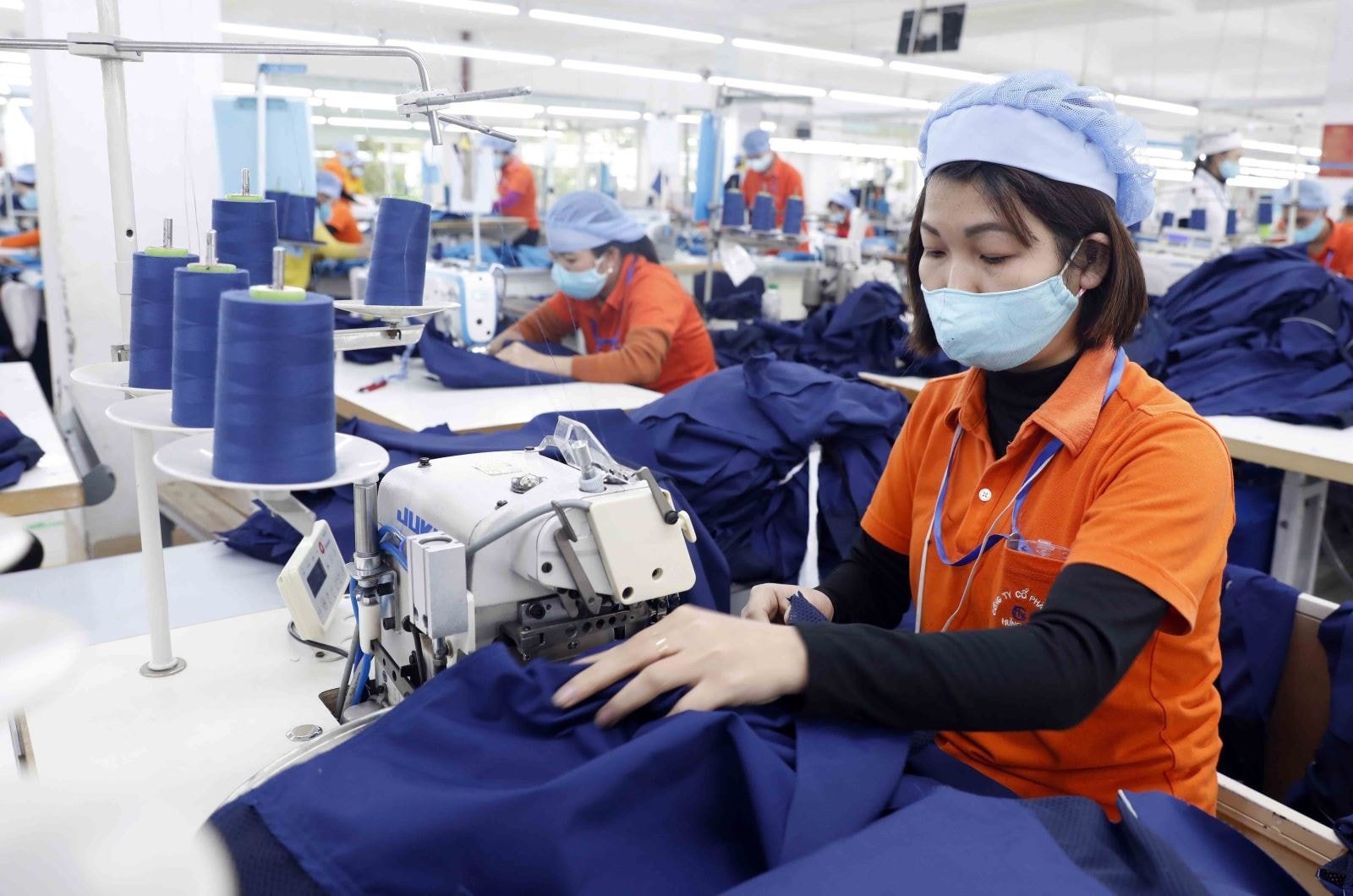
Similar to the seafood industry, the US is the second largest market for two main seafood export products, shrimp and pangasius, accounting for 18% and 17% of the export value of the two products, respectively. In particular, the leading export enterprises in the industry, VHC/FMC/MPC, have 30%/20%/16% of revenue coming from the US market in 2024, respectively.
Profits will be impacted as most of the main competitors, India, Ecuador and Indonesia, are subject to lower tariffs of 26%, 10% and 32% respectively, while China is subject to a higher total tariff of 54%. Businesses will need more time to find new markets where prices and profit margins will be lower than in the US market.
For the Industrial Park real estate group, in the short term, FDI enterprises tend to suspend disbursement for previously registered new factory construction projects. Production facilities in Vietnam continue to maintain but will have to cut production due to shifting export orders from the US to countries with lower tariff costs and increasing risks of global economic recession.
In the next 3-5 years, KBSV expects that the demand for industrial real estate land will recover and be offset by FDI enterprises with export markets to other countries (other than the US). These enterprises will continue to expand production in Vietnam thanks to competitive advantages such as low labor costs, political stability and favorable geographical location.
The port industry will also be strongly affected by the decrease in import and export volume, affecting the volume of goods passing through the port, which may affect the ability to adjust service prices upward. Investment projects to expand ports may be postponed.
Meanwhile, the shipping industry is not directly affected (Vietnamese shipping lines mainly operate domestic and intra-Asian routes), however, the shift of the supply chain out of Vietnam may indirectly affect transport volume and spot freight rates due to a decrease in demand for imported raw materials; demand for transportation through intermediate countries before going to the US decreases. T/C prices are not expected to be affected much as long-term charter demand remains stable amid concerns about unstable supply chains, reallocation of shipping routes and cargo volumes.
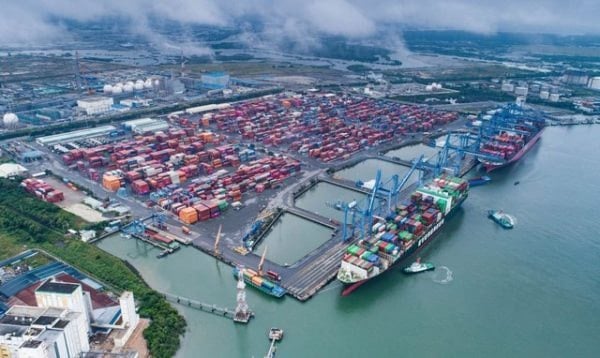
For the aviation group, passenger services will be moderately affected due to the decrease in international visitors related to FDI inflows, while cargo transport and airport operations will be more strongly affected by the decline in cargo transport demand.
Banking, Securities, Retail, Food and Beverage, Electricity, Technology, Construction Materials are expected to be indirectly affected at a moderate level.
According to experts at KBSV, credit may be affected because the proportion of loans for manufacturing and processing industry, import-export business accounts for 15-20% and retail consumption is indirectly affected by import-export activities. However, it will be compensated by diversifying export markets to other countries; boosting credit for other key sectors such as real estate, FDI; current supporting factors are still maintained (interest rates are still low despite being under pressure to increase).
In addition, the pressure to reduce NIM will increase after adjusting the expectation that deposit interest rates may increase by 1-1.5%, while lending interest rates will remain low - the increase is less and lags behind deposit interest rates. Bad debt will also increase due to the economic outlook not being as positive as before, especially the customer group in the field directly affected by tariffs under cash flow pressure. However, banks still have room to handle debt, and it is expected that the legalization of Resolution 42 will also help reduce bad debt throughout the system.
In the securities industry, the brokerage and securities trading sectors are affected by the decline in growth prospects of listed companies, negatively affecting the price level and liquidity of the securities market. The margin lending sector is affected by the decline in loan demand due to reduced liquidity due to negative market prospects. At the same time, fluctuations in exchange rates and interest rates put pressure on margin lending rates, increasing customers' interest costs. On the contrary, information about the operation of KRX and the upgrading of the FTSE market, thereby positively affecting foreign capital flows, helping the securities industry benefit in the second half of 2025.
Declining income affects demand and ability to buy houses, especially in the mid-range segment. The forecasted increase of 1-2% in interest rates may affect the psychology of homebuyers and the project implementation plans of investors. The decrease in FDI capital will affect the demand for buying and renting, reducing the absorption rate of housing projects around industrial parks. However, the impacts will be somewhat reduced when the real estate market has recently been supported by positive information related to removing difficulties in both legality and capital sources for real estate enterprises, along with promoting public investment and improving infrastructure.
In the construction materials industry, the import tax on steel will remain at 25% under Section 232 instead of 46% under the newly announced reciprocal tax. Although not affected by the reciprocal tax, the prospect of exporting anti-rust galvanized steel to the US will be negatively affected by the newly announced anti-dumping tax and anti-subsidy tax (the highest rate for each type is 59%/46.73%).
For the plastic pipe market, KBSV believes that the reciprocal tax will not affect the consumption prospects of enterprises in the industry because production output is focused on serving domestic demand. For the wood and stone sector, the reciprocal tax of 46% will have a strong impact because the US market accounts for an average of 50%/80% of export revenue of domestic enterprises.
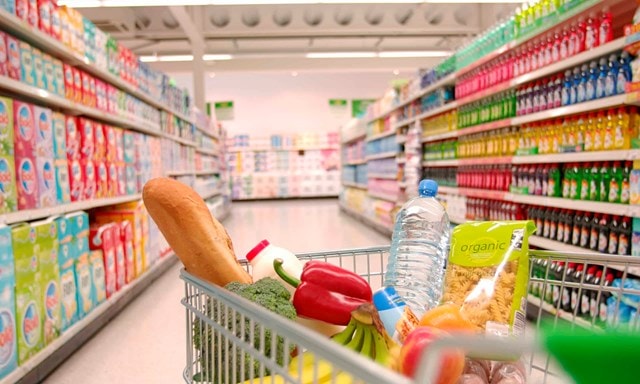
Consumer demand may weaken due to a decrease in people's income in the context of export and FDI enterprises cutting costs and narrowing production. Prices of imported goods may tend to increase due to the devaluation of VND, which will also affect demand. Consumption of food and beverages will also be affected due to the impact on income and consumer purchasing power. The psychology of reducing consumption and increasing asset accumulation to prevent risks.
Demand for essential foods (pork, milk, sugar, personal consumption goods) is expected to remain stable, while non-essential goods (beer) will be significantly impacted in terms of consumption demand. Profit margins of enterprises will be under pressure as input import costs increase following the devaluation of VND, while weak consumption demand causes average selling prices to decrease.
Electricity consumption may be affected by the decline in production and business of the industrial service customer group facing difficulties from import-export activities. The electricity consumption of the industrial group accounts for 45-50% of total consumption. The thermal power group will have its capacity reduced because EVN will focus on mobilizing electricity from BOT projects, renewable energy projects enjoying FIT prices, and low-cost hydropower projects. The thermal power group will only be operated during peak hours or during the dry season in 2026 when El Nino begins to appear.
Residential Real Estate and Construction Only Slightly Impacted
In the short term, the technology services group is not on the list of US goods protection tariffs, so software outsourcing activities continue to maintain a competitive advantage in terms of costs. However, in the long term, higher tariffs will negatively impact the global economic outlook, causing businesses to cut spending on technology investment. For large enterprises such as FPT, the impact on revenue growth will be minimized thanks to the strategy of gradually shifting to high-value IT system operation service contracts with longer contract durations.
Finally, KBSV believes that the decline in construction industry income and the interest rate level is unlikely to continue to remain at the current low level, which will affect the recovery of the real estate market. Industrial construction is negatively affected by the decline in FDI capital flows, many enterprises have reduced production and temporarily suspended investment disbursement in Vietnam, and the demand for industrial park factories has decreased. The group of infrastructure construction of public investment projects can benefit when the government speeds up disbursement to support growth, offsetting the decline in the export and FDI sectors.
Source: https://baodaknong.vn/danh-gia-tac-dong-cua-thue-doi-ung-len-cac-nganh-nghe-248815.html


![[Photo] Prime Minister Pham Minh Chinh meets with the Policy Advisory Council on Private Economic Development](https://vphoto.vietnam.vn/thumb/1200x675/vietnam/resource/IMAGE/2025/5/8/387da60b85cc489ab2aed8442fc3b14a)
![[Photo] General Secretary concludes visit to Azerbaijan, departs for visit to Russian Federation](https://vphoto.vietnam.vn/thumb/1200x675/vietnam/resource/IMAGE/2025/5/8/7a135ad280314b66917ad278ce0e26fa)

![[Photo] President Luong Cuong presents the decision to appoint Deputy Head of the Office of the President](https://vphoto.vietnam.vn/thumb/1200x675/vietnam/resource/IMAGE/2025/5/8/501f8ee192f3476ab9f7579c57b423ad)
![[Photo] National Assembly Chairman Tran Thanh Man chairs the meeting of the Subcommittee on Documents of the First National Assembly Party Congress](https://vphoto.vietnam.vn/thumb/1200x675/vietnam/resource/IMAGE/2025/5/8/72b19a73d94a4affab411fd8c87f4f8d)

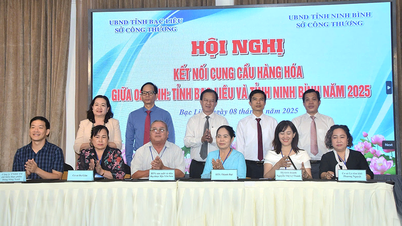











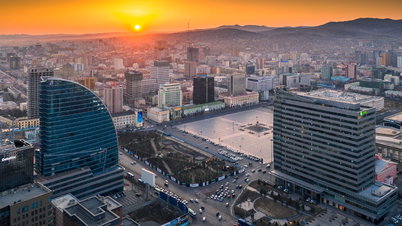




































![[Photo] Prime Minister Pham Minh Chinh talks on the phone with Singaporean Prime Minister Lawrence Wong](https://vphoto.vietnam.vn/thumb/402x226/vietnam/resource/IMAGE/2025/5/8/e2eab082d9bc4fc4a360b28fa0ab94de)












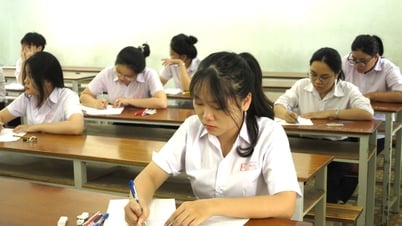
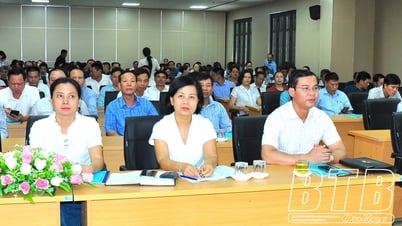

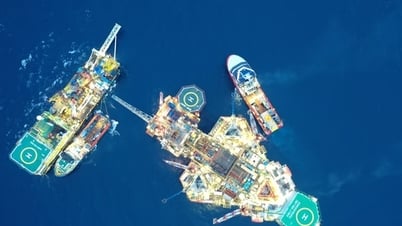















Comment (0)